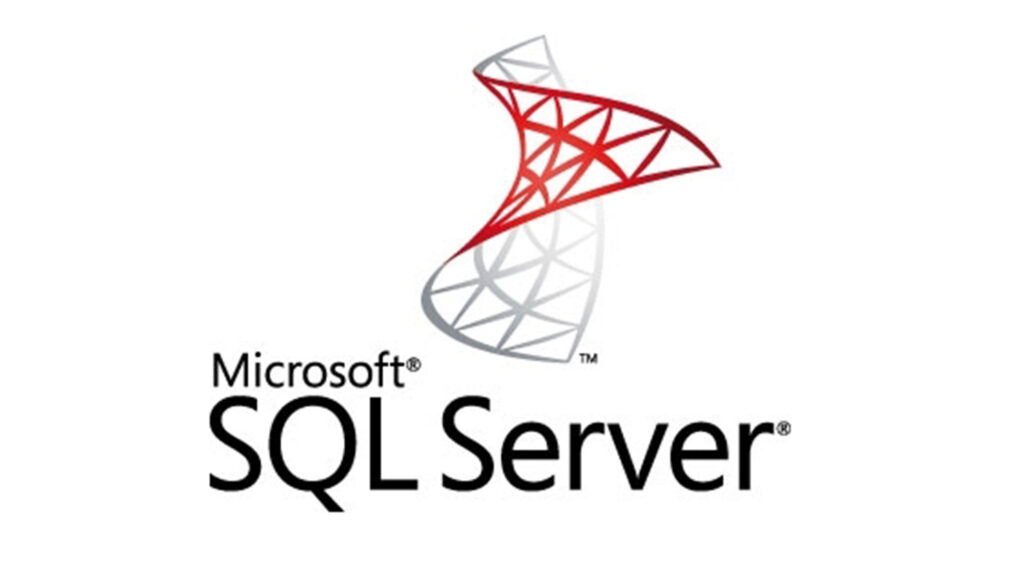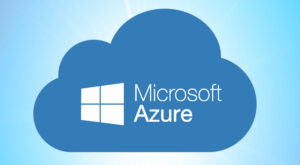
Microsoft SQL Server 2005 is a significant and widely used relational database management system (RDBMS) released by Microsoft. It brought several important features and enhancements over its predecessor, SQL Server 2000. Here are some key points to know about SQL Server 2005:
- Editions: SQL Server 2005 is available in several editions, including Enterprise, Standard, Workgroup, and Express. Each edition had different features and scalability options, catering to a wide range of users from large enterprises to small businesses.
- Management Tools: SQL Server 2005 introduced SQL Server Management Studio (SSMS) as the primary integrated development and management environment for database administrators and developers. It provided a unified interface for managing databases, writing queries, and performing administrative tasks.
- Database Engine Enhancements: The SQL Server 2005 Database Engine introduced several important features, including:
- Common Language Runtime (CLR) Integration: Developers could create and execute .NET code within the database engine, which opened the door to creating custom .NET stored procedures, functions, and triggers.
- T-SQL Enhancements: New T-SQL features were added, such as the PIVOT and UNPIVOT operators, common table expressions (CTEs), and the ROW_NUMBER() window function, making querying and data manipulation more powerful.
- XML Support: SQL Server 2005 offered extensive XML support, including native XML data types, XQuery, and XML indexing for improved performance when working with XML data.
- Service Broker: SQL Server 2005 introduced the Service Broker, a built-in messaging system that allowed for asynchronous and reliable messaging between applications, making it useful for building scalable, event-driven architectures.
- Integration Services: SQL Server Integration Services (SSIS) was introduced as a replacement for Data Transformation Services (DTS). SSIS provided a powerful ETL (Extract, Transform, Load) platform for data integration and transformation.
- Reporting Services: SQL Server Reporting Services (SSRS) was a reporting platform that allowed users to create, manage, and deliver a variety of reports. It became an integral part of the SQL Server ecosystem.
- Analysis Services: SQL Server Analysis Services (SSAS) was used for creating and managing multidimensional data models and performing data analysis and business intelligence tasks.
- Security: SQL Server 2005 introduced enhanced security features, including user-defined server roles, encryption, and improved auditing and logging capabilities to help protect data.
- High Availability: SQL Server 2005 added features like database mirroring, failover clustering, and log shipping to improve the availability and reliability of database systems.
- Full-Text Search: Full-text search capabilities were enhanced, enabling efficient text-based searching within database content.
- Backup and Restore: SQL Server 2005 offered improved backup and restore functionality, including the ability to perform online backups and point-in-time restores.
- Scalability: SQL Server 2005 provided improved support for multi-core processors and larger memory configurations, allowing for better scalability.
SQL Server 2005 is a significant release and laid the foundation for subsequent versions of SQL Server. Microsoft regularly releases new versions of SQL Server with additional features and improvements.



